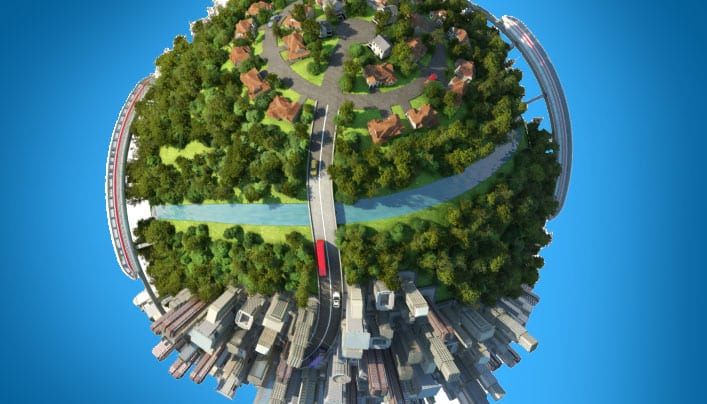The impact of urban planning on real estate values

The intricate relationship between urban planning and real estate values cannot be overstated. As cities grow and evolve, the impact of meticulous planning—or the lack thereof—on property prices becomes increasingly apparent.
This blog post delves into how urban development strategies, zoning laws, and public infrastructure investment play crucial roles in shaping the real estate market.
Urban Planning: The Foundation of Real Estate Value
Urban planning, or the methodical development and design of land use and the built environment, serves as a foundational element influencing real estate values. Effective planning can enhance the quality of life by creating harmonious living spaces, promoting sustainable development, and boosting economic growth—all of which contribute to increased property values.
Understanding zoning laws and regulations is central to appreciating how urban planning efforts direct the use of land, balancing residential, commercial, industrial, and recreational needs. These laws not only protect property owners from potential negative impacts of neighboring land uses but also ensure a coherent structure that enhances property valuation.
At its core, urban planning seeks to accommodate growth while preserving community character and ensuring environmental sustainability. This balance is crucial for maintaining and increasing real estate values over time.
The Direct Influence of Public Infrastructure
It's impossible to discuss the valuation of real estate without considering the role of public infrastructure. Infrastructure developments such as roads, bridges, parks, and schools directly impact the desirability and, consequently, the value of properties. The role of public infrastructure in property values highlights how strategic investments in public amenities can lead to appreciations in real estate prices.
Infrastructure is not just about connectivity; it's also about creating attractive living environments that enhance the quality of life for residents. Properties in areas with high-quality, well-maintained infrastructure naturally fetch higher prices on the market.
This direct correlation underscores the importance of including infrastructure planning in the broader context of urban development strategies.
Adapting to Changing Trends in Urban Development
The landscape of urban development is continually changing, influenced by demographic shifts, technological advancements, and evolving societal needs. Trends in urban development shed light on how these changes are shaping cities and, by extension, real estate values.
One of the most significant trends is the increasing demand for sustainable and resilient urban spaces that can withstand environmental challenges while offering healthy living conditions. This demand influences real estate prices, with properties that adhere to green standards and smart city concepts commanding a premium.
Another trend is the shift towards mixed-use developments, which combine residential, commercial, and recreational spaces. These developments not only optimize land use but also add to the vibrancy of neighborhoods, attracting investments and driving up property values.
Conclusion
Urban planning goes beyond the mere layout of city structures; it significantly influences real estate values by shaping the environment in which properties are situated. Through strategic zoning, investment in public infrastructure, and adaptation to contemporary urban development trends, cities can enhance the attractiveness and value of real estate assets. As urban landscapes continue to evolve, the interplay between planning decisions and real estate valuations will remain a critical area of focus for developers, investors, and policymakers alike.

Related